MOZART’S FINAL OPERATIC MASTERPIECE AT THEATER AN DER WIEN
Written in 1791 the last year of Mozart’s life La Clemenza di Tito is based on Metastasio’s pre-dated by 50 years’ libretto (adapted by Caterino Mazzolà). It is less well known than the four earlier Mozart operas (the three da ponte comedies and the singspiel Die Zauberflöte). It is not always obvious that it should gain the ranks of those afforded to opera houses around the world but this performance on October 22 showed that in its beauty and originality both for orchestral scoring and vocal writing it is an astonishing achievement.
It was written as a commission from Domenico Guardasoni an impresario who had been charged by the Estates of Bohemia to celebrate the coronation of Leopold II, Holy Roman Emperor as king of Bohemia. Not surprisingly the commission was first offered to leading Viennese court composer of Italian opera and head of the music establishment Antonio Salieri. It fell to Mozart who readily accepted the commission as his fee would be twice that he would receive in Vienna. It is alleged that the opera was completed in just 18 days and in such a hurry that Mozart’s student Süssmayr probably wrote the secco recitatives. The work was premiered on 6th September 1791 at the Estates Theatre in Prague. It is not known what Leopold thought of the opera written in his honour but his wife Maria Luisa of Spain is said to have dismissed it as una porcheria tedesca (“A German mess”).
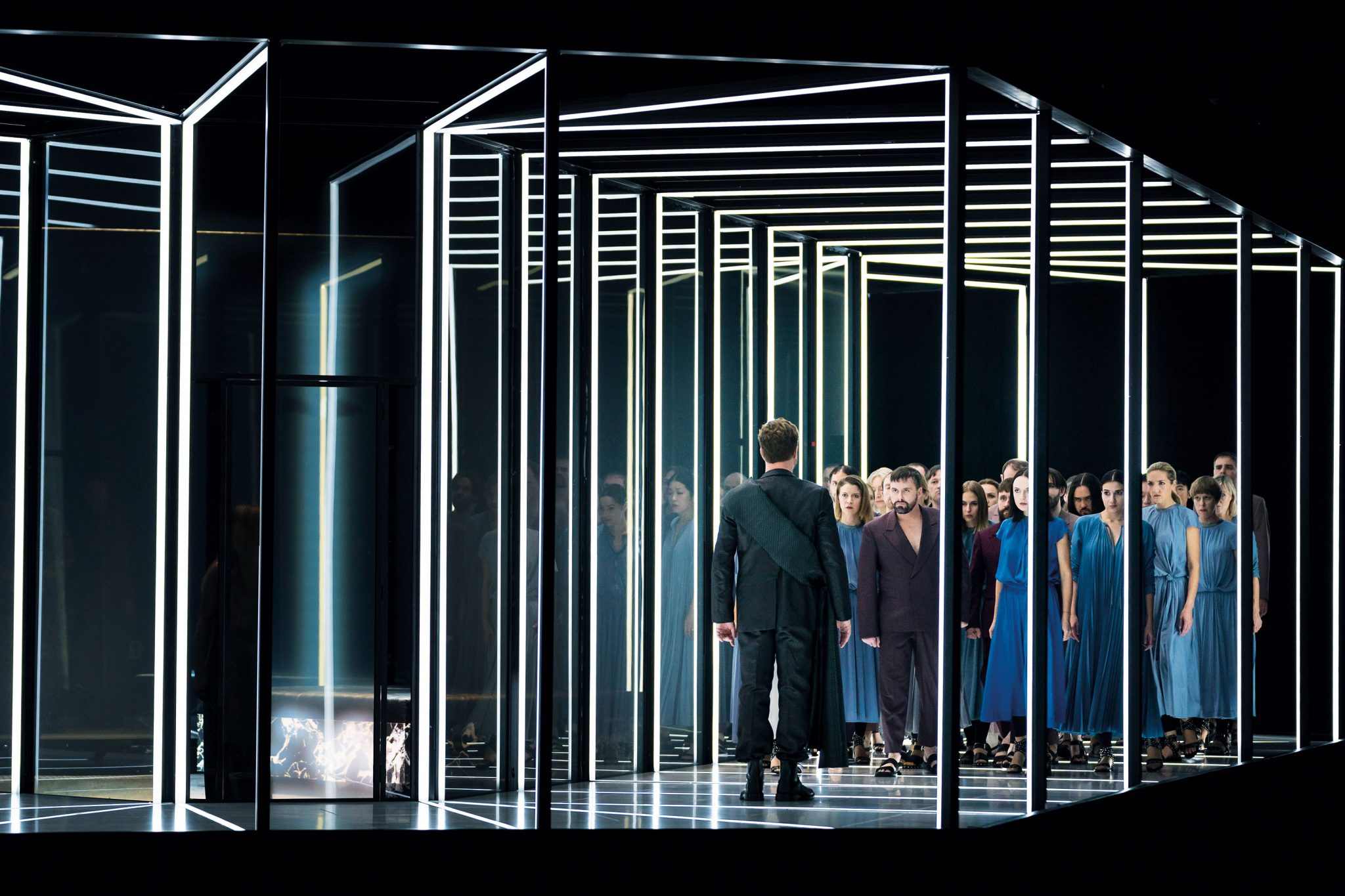
This performance proved that it is in every way one of Mozart’s towering masterpieces with vocal writing in the form of outstanding solos (often with captivating wind and brass obbligatos) and sensitive duets and trios. The drama is intensely focused and cogent under the hands of the conductor himself
Stefan Gottfried conducted Concentus Musicus Wien with excellent control and musicality. A specialist in period-instrument practise he was conductor in residence at this theatre in Handel and Purcell last season. He is also a professor at the University in Vienna. Stage director Sam Brown trained in Oxford and London has received many awards for his work in both standard repertory and modern opera. The minimalist staging of rotating vertical illuminated steel bars ingeniously boxing characters on stage while the back drop presented moving pictures as commentary.
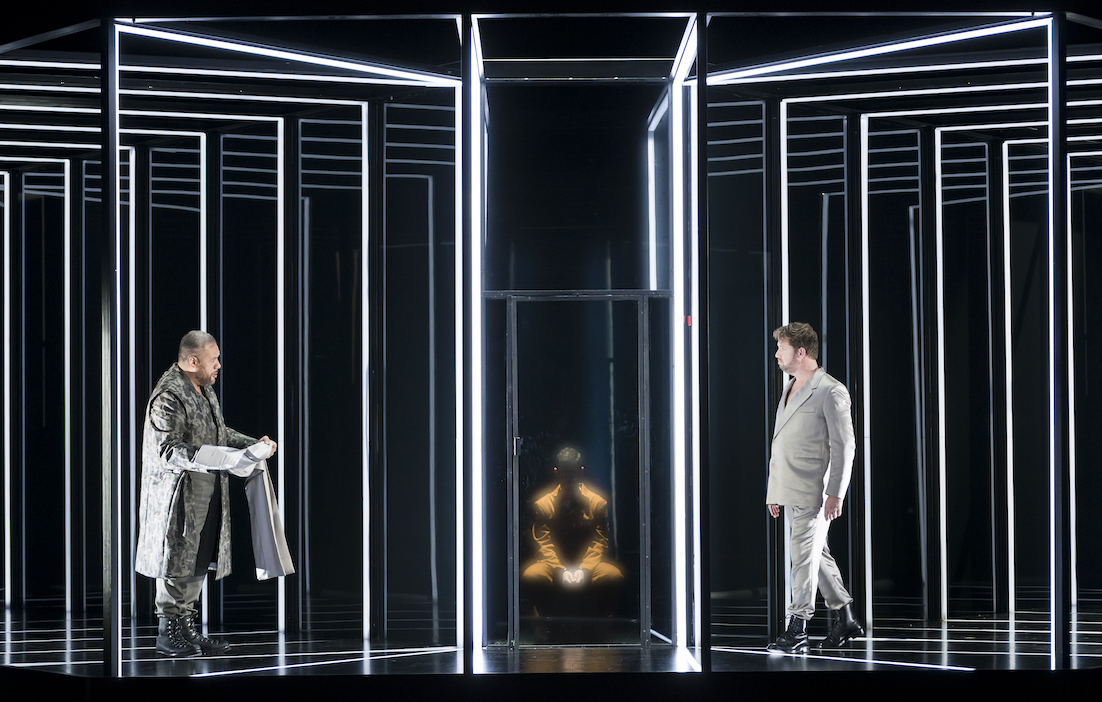
The setting is ancient Rome but in modern dress. The opera begins after the death of Nero in 68 AD when the Roman Empire entered a period of instability. Historical fact is of course adapted in Metastasio’s libretto. One of the four Emperors - Vitellius (father of Vitellia) was dethroned by his general who then placed his son Tito assuring a new line of successors in the Flavian dynasty. Tito for his own part conquers Judea and brings back their queen Berenice to take as his bride. Vitellia has always assumed that as her father’s dispossessed heiress, she should be Tito’s wife. She wants Sesto (a star role given to the castrato soprano Domenico Bedini at the premiere) to start a rebellion against Tito and take over as Empress with Sesto at her side.
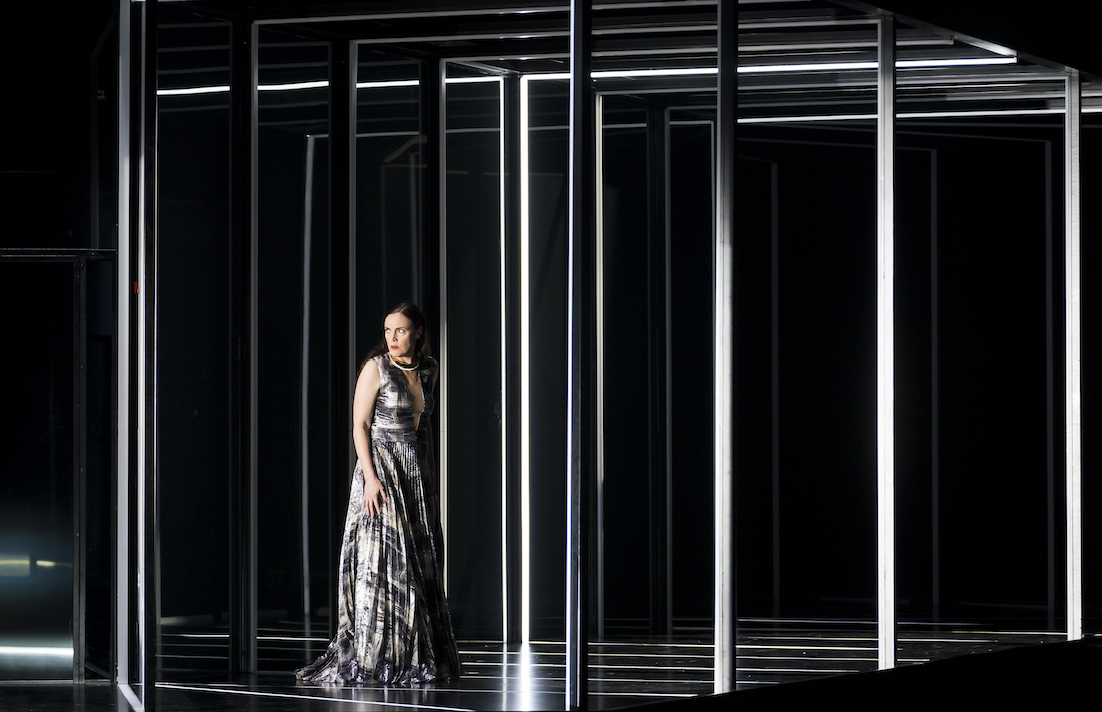
The overture is brief and inventive played with vigour and generally polished Concentus Musicus forces (one must ignore the occasional braying horns and acidic oboes). Continuo was played by the conductor himself on fortepiano. Dressed in modern robes and gowns the protagonists were uniformly splendid and convincing. American soprano Nicole Chevalier made a fiery Vitellia. In her aria Deh, se piacer mi vuoi she displayed a full and wide range but her semi-quaver divisions sounded more like triplets. Already a habitué of festivals in Salzburg and Aix she sings in major opera houses including London, Brussels and Berlin in Handel, Mozart and Offenbach. Next year she essays the title role in Fidelio here at the Theater an der Wien. Opposite her as her unwitting predatory lover was the outstanding Australian countertenor David Hansen. Imposing of presence and voice he made a magnificent Sesto fully equal to the demands of this very taxing role. The glorious aria early on in the opera (middle of act I “Parto, parto”) was sensational. Sporting a register more than two octaves wide and even through its range (with a delightful interpolated high D in the cadenza) was riveting. The basset clarinet obbligato blended ideally with his voice. This singers’ career is already big with a repertoire ranging from Monteverdi to Ligeti including much Handel, Bach and Vivaldi along the way. He is a real star.
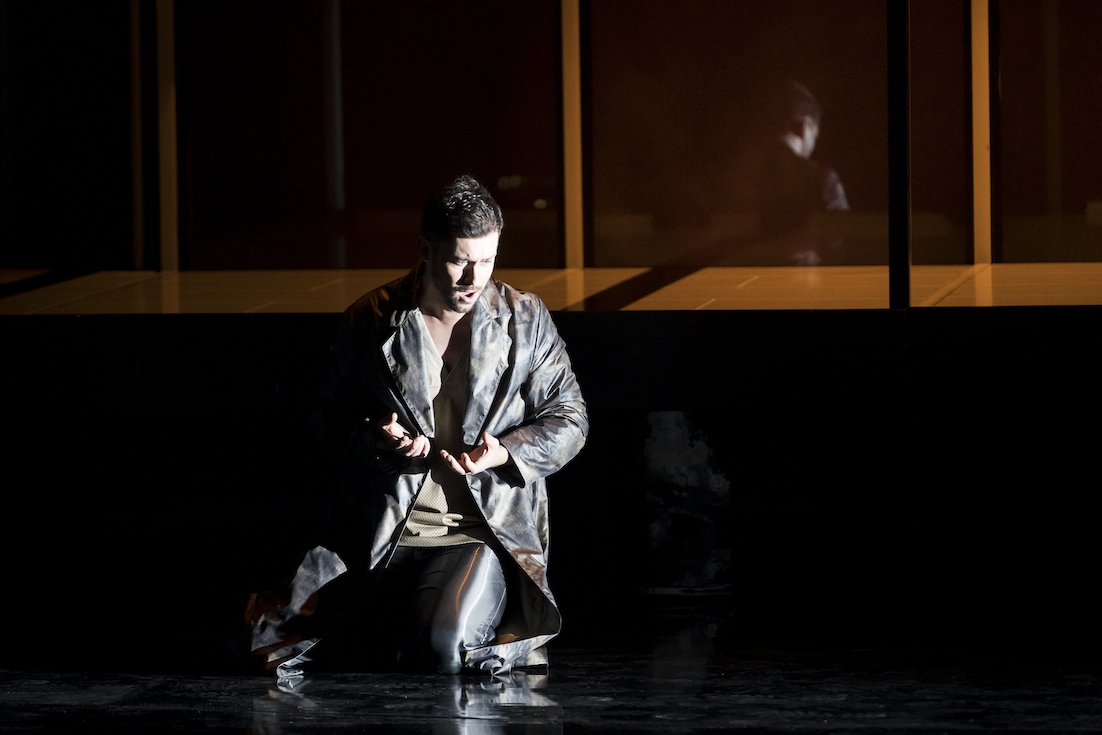
The subsidiary couple of Servilia and Annio were adequately sung by Norwegian soprano Mari Eriksmoen and Kangmin Justin Kim. Annio wants to merry Servilia (the sister of Sesto) but Tito has chosen her to be his bride much to the lovers’ dismay. The Korean-American countertenor blended beautifully in the duet Ah, perdona al primo affetto with Eriksmoen with the former usually sung by a soprano in travesty.
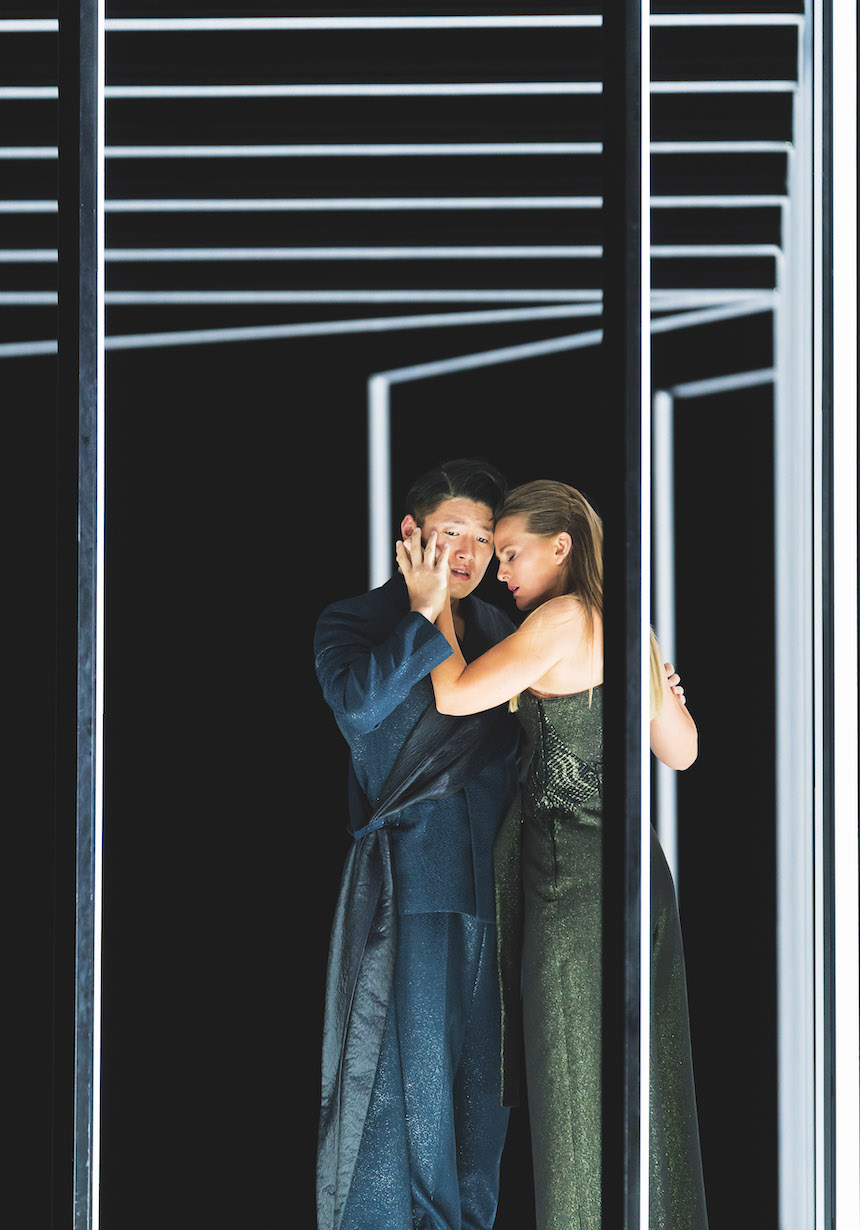
Servilia admits to Tito that she wishes to marry Annio at which Tito immediately forswears the idea of coming between them (aria Ah, se fosse intorno al trono). English tenor Jeremy Ovenden is a Mozart specialist and has established himself among the best of such of his generation. He has worked with some of the top conductors in the world including Rattle, Barenboim, Muti, Harnoncourt and others. He is also signed to labels such as Harmonia Mundi, Signum and LSO Live. Tito announces that he will marry Vitellia instead much to her horror. Meanwhile Sesto and his accomplices proceed to burn down the Capitol attempting to murder Tito. Act I closes with a slow mournful choral conclusion which is rather perfunctory. This closing music is reminiscent of the choral writing in “Magic Flute”. In Act II we meet Publio sung by New Zealand bass-baritone Jonathan Lemalu. He has an international career and sings roles from Purcell’s “King Arthur” to Heggies’ “Moby Dick”.
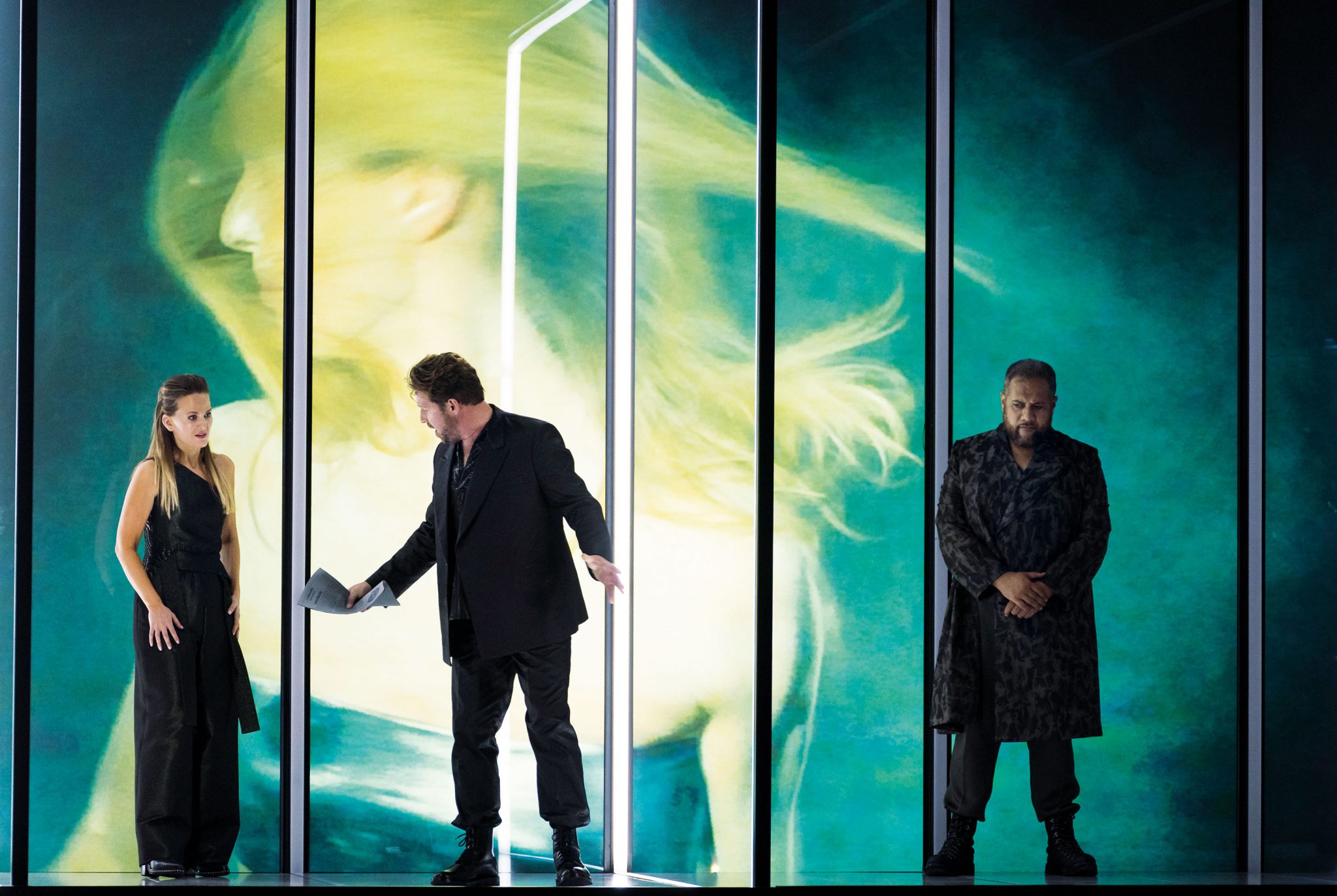
Lemalu is the possessor of a fine cantante voice. He has come to arrest Sesto singing his one aria (Tardi s’avvede d’un tradimento) to Tito expressing his doubt that Sesto will be exonerated by the Senate. The anguished Tito must sign his friend Sesto’s death sentence and Sesto taking all guilt on himself says he deserves death (rondo Deh, per questo istante solo) another show-stopping aria. Vitellia confesses to Tito that it was all her idea after all (rondo Non piu` di fiori with basset horn obbligato). Nicole Chevalier rose to the demands of this with supreme confidence. Vitellia offers her confession while Sesto is waiting to be thrown to the wild beasts in the amphitheatre. The Emperor decides to grant her clemency together with Sesto in the accompanied recitative (Ma che giorno e` mai questo?). The opera concludes with the Romans praising Tito’s generosity while he himself asks the gods to cut short his days should he ever cease to care for the good of Rome.
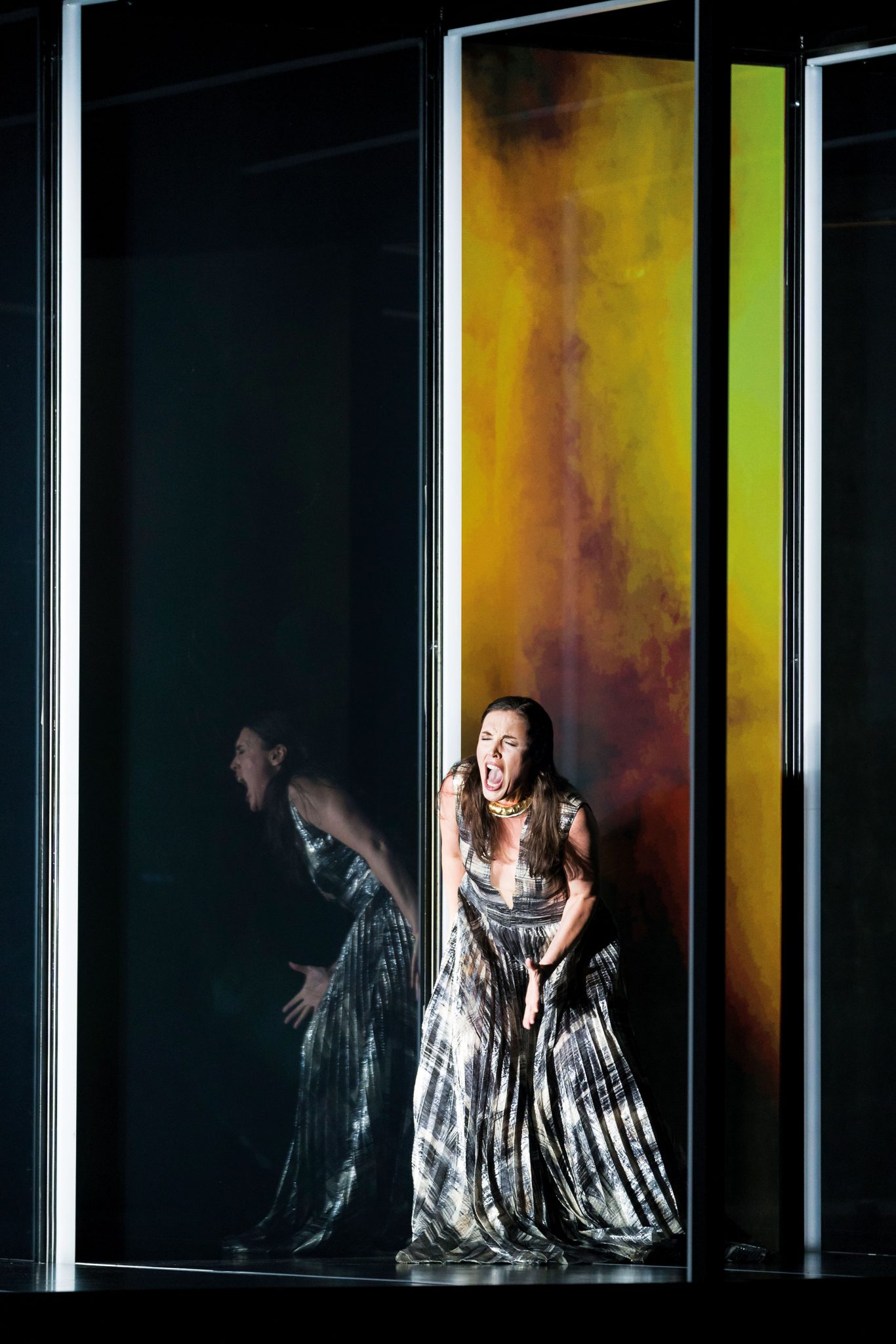
The Theater an der Wien built in 1801 is located in the Mariahilf district on the left Wienzeile. It has hosted many premieres and since 2006 has served primarily has an opera house with its own company. This theatre was the brainchild of impresario, actor and librettist Emanuel Schikaneder (best known for his collaboration with Mozart as Papageno in the premiere of The Magic Flute.
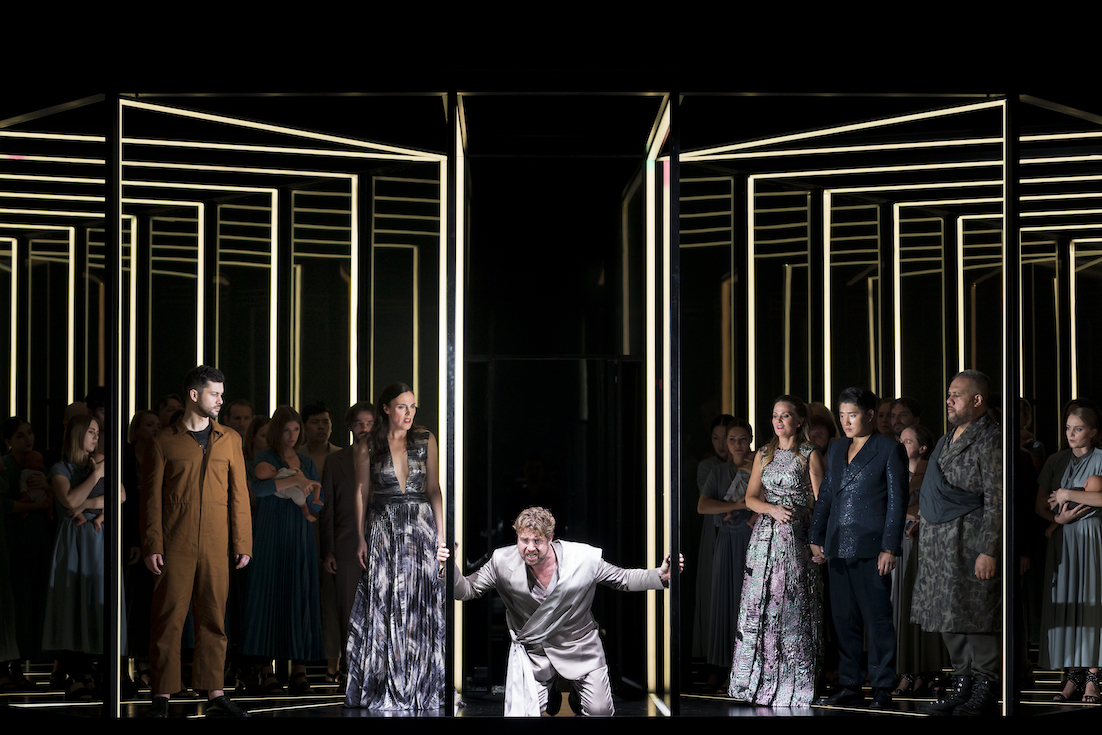
It is a strikingly beautiful and well-equipped venue although only a part of the original building is preserved: the so-called Papagenotor (gate) who is depicted as the bird-catcher accompanied by the Three Boys from Mozart’s opera. In modern times it has mainly been used for German language musicals (from English translations or originally so) and many famous productions with international stars in opera and operetta. The emphasis now is in Baroque opera, contemporary opera and Mozart. Roland Geyer does an excellent job as evidenced by this superb production. A must-see for first-time visitors.




